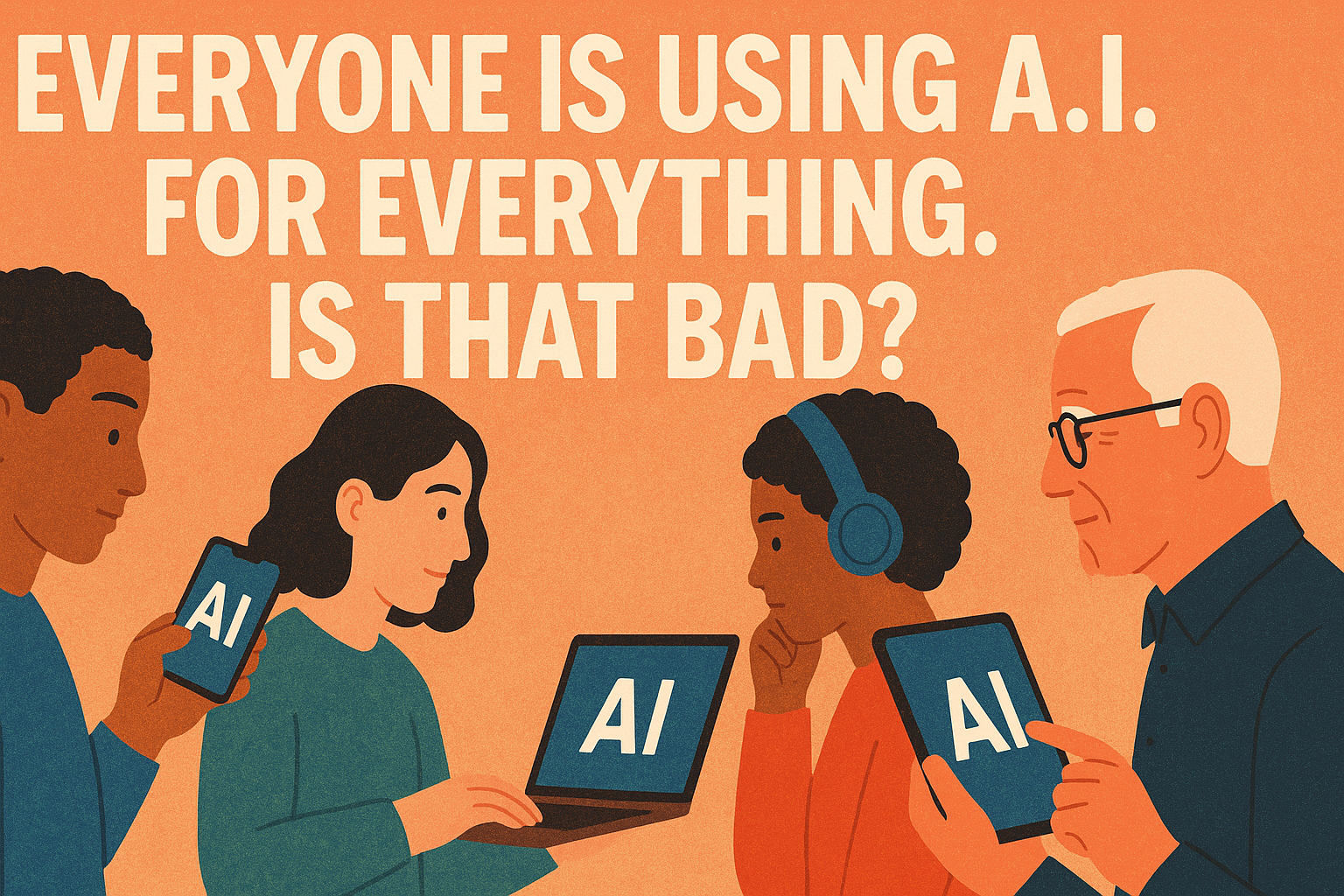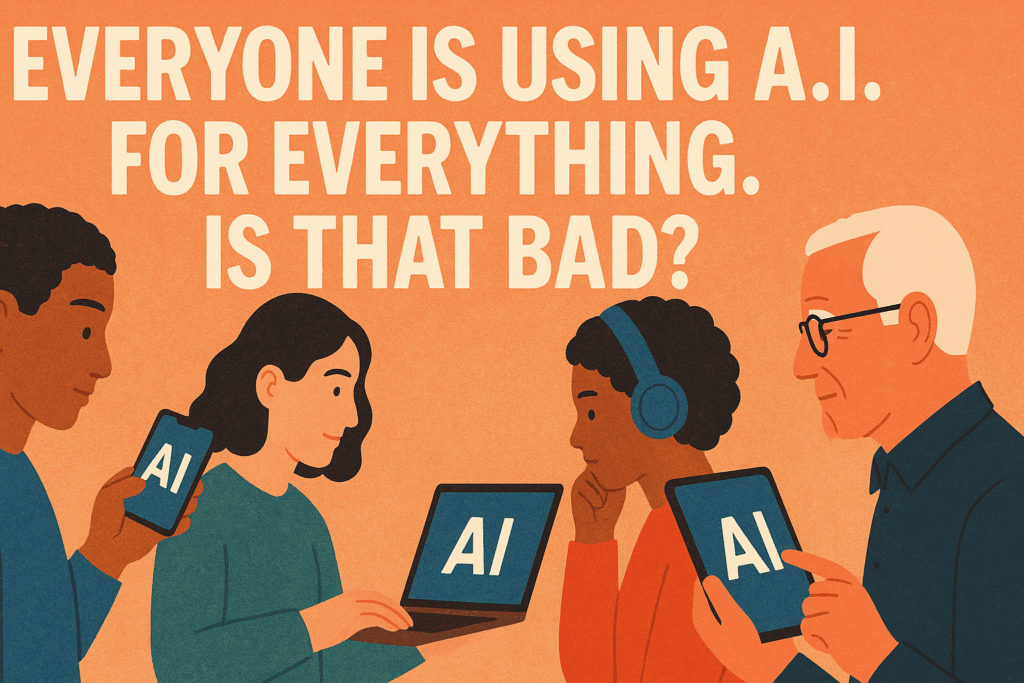Artificial intelligence has quickly evolved from a niche tool to a central part of everyday life. It helps write emails, diagnose health issues, create art, analyze data, and make decisions. As it becomes increasingly integrated into how we live and work, an important question arises: Have we gone too far, too fast?
When AI Is Everywhere
AI is no longer just a technical assistant—it has become a daily companion. It helps manage schedules, offers personal advice, suggests purchases, and even participates in conversations and relationships. It’s in homes, on phones, in vehicles, and built into countless apps and devices.
All of this may sound convenient, but there’s growing concern that constant reliance on AI could weaken our ability to think independently. If people turn to AI before forming their own thoughts, there’s a risk of losing the skills that make human judgment unique.
Accuracy, Bias, and the Blame Game
As AI tools become more widespread, concerns about their accuracy and fairness grow. These systems can generate false information, reinforce stereotypes, and make flawed decisions based on biased data—often without users realizing. And when something goes wrong, accountability becomes a gray area. Is the user responsible? The developer? Or is the system itself simply misunderstood?
Mistakes made by AI in areas like writing, education, or decision-making can have real consequences. When these tools are trusted too much, especially in sensitive contexts, the results can be harmful or misleading.
The Price of Efficiency
AI is often praised for improving productivity and reducing costs. But greater efficiency can come at a human cost. Jobs that involve routine or repetitive tasks are increasingly being automated. This shift may lead to fewer opportunities for traditional employment, even as productivity rises.
The challenge is finding balance—leveraging AI’s benefits without sidelining the people who once did the work it now performs.
Creativity at a Crossroads
AI is now capable of producing content that sounds, looks, and feels like it was created by humans whether it’s a painting, a song, a story, or a script. While this can be a powerful creative tool, it also raises a deeper concern: What happens to original thought when machines do the heavy lifting?
Creative work is starting to shift from making something new to guiding machines through prompts and instructions. The question is whether this shift helps us be more expressive—or if it replaces imagination with automation.
Not All Doom and Gloom
Despite these concerns, AI has the potential to do tremendous good. It can improve healthcare, expand access to education, assist in scientific research, and help address global challenges like inequality and climate change.
The technology itself isn’t the problem—how it’s used is what matters. What’s needed now is a clear sense of responsibility, ethical boundaries, and a deeper public understanding. Just because AI can do something doesn’t always mean it should.
As we move further into this intelligent age, the real test isn’t what AI can do—it’s whether we’re still the ones deciding what it should.




